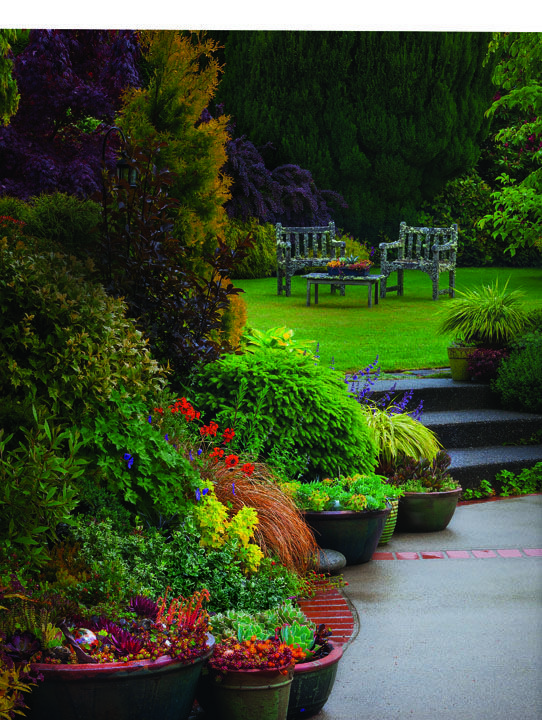
Smart gardeners everywhere are jumping on the sustainable bandwagon. And when you consider all the payoffs of a sustainable landscape, it’s not hard to understand why. It typically uses less water, requires less labor, costs less to maintain, and puts fewer toxins into the environment. Not to mention, it also looks as beautiful as a conventional garden.
The challenge for many gardeners is figuring out how to adapt greener methods into their routine. Making just one simple change is often enough to get results. Take native plants, for instance. By planting several native species in your garden, you provide a home for pollinators and other beneficial insects. Better pollination means more flowers and higher vegetable yields, while more predatory bugs help keep pests in check, reducing your need for insecticides. Many of the practices that follow offer similar chain reactions. By taking this quiz, you’ll likely find new ways to save time, cut costs, and tread lighter on the earth.
Take the Quiz
For each question, pick the answer that best describes your garden. Then add your points to see how your garden measures up.
1. What’s your driveway made out of?
a| Pervious concrete or permeable pavers (3 points)
b| Gravel or bare dirt (2 points)
c| Impermeable concrete or conventional paver blocks (1 point)
d| Old-fashioned asphalt (0 points)
➤ Why it matters: Traditional paved surfaces cause urban flooding, direct pollutants into public streets and waterways, and keep plants and soil organisms from using rainwater that they’d otherwise have access to. Asphalt driveways are the worst offenders because, in addition to being impermeable, they also periodically require reapplication of toxic sealants. The healthiest, most sustainable option is a pavement that’s permeable or an impermeable surface with unpaved gaps, which lets rainwater and oxygen enter the soil.
2. Do you group plantings according to water needs?
a| I keep the drought-tolerant plants in one part of the garden and the thirsty plants in another. They’re on separate irrigation circuits so that they get just the right amount of water. (3 points)
b| It’s something I keep in mind, but I’ll make an exception if two plants look really great side by side. (2 points)
c| I never thought to consider water needs. I only focus on sun exposure and aesthetics when grouping plants. (1 point)
d| I mix things up however I want. What matters to me is how things look, not how they work. (0 points)
➤ Why it matters: By arranging your garden so that water-loving plants are isolated from drought-tolerant ones, you save water and establish healthier plantings. Sustainable gardeners call this practice “hydrozoning.”
3. When it rains, where does most of your water go?
a| It stays in the garden where it belongs. (3 points)
b| Some of it runs off into the street. (2 points)
c| I don’t have any idea. It never occurred to me to think about this. (1 point)
d| Most of the water seems to run off the property. (0 points)
➤ Why it matters: In general, the more rainwater you keep on your property the better. Although conventional gutter and drainage systems are necessary to protect against flooding, they too often carry away water that you could be using. Rain gardens, dry streambeds, and sunken planter areas are all effective ways to keep more water on-site. Even simple tactics, like directing downspouts into planting beds, can help lower water bills. Just be sure that you don’t create wet zones within 5 feet of the house.
4. How much attention do you give your soil?
a| I love my soil! I top-dress with high-quality compost, apply mulch to protect the soil and to conserve water, never dig when the soil is wet, and wouldn’t dream of rototilling. (3 points)
b| I spread mulch every spring and occasionally use organic fertilizer. (2 points)
c| Soil is just dirt to me. I don’t think about it. (1 point)
d| I use chemical fertilizers, pesticides, and herbicides. And I don’t like the look of mulch. (0 points)
➤ Why it matters: A garden is only as healthy as its soil. Many gardeners ruin their soil by regularly using chemical fertilizers, pesticides, and herbicides that destroy the complex balance of soil microorganisms, which are essential for the health of plants. For a great garden, feed plants by applying compost, not chemicals. You should also cultivate soil as little as possible. Rototilling and working wet soil damages the soil’s structure, negatively affecting drainage.
5. How would you describe your taste in plants?
a| I grow mostly native plants and edibles. Before buying a nonnative species, I make sure it will grow in my region without pampering. (3 points)
b| I indulge in a few plants that need extra care. (2 points)
c| I love the classics—like hybrid roses, cherry trees, and lots of annuals. (1 point)
d| I grow mostly challenging plants, so I need pesticides and plenty of water to keep them healthy. (0 points)
➤ Why it matters: If you opt for plants that are well matched to your soil type and climate, you’ll save yourself a lot of time and expense. Properly sited native plants are best because they’re generally low maintenance and offer habitats for native wildlife and insects. There’s nothing wrong with nonnative plants, however, as long as they come from an environment similar to yours and aren’t invasive. Edible plants are good, too, because growing your own food means that you’ll import less from far away.
6. How much weight do you give spacing guidelines?
a| I give all my plants room to grow. I check mature sizes in my gardening books or online before deciding what to plant. (3 points)
b| I often plant perennials too close together, but I give trees and shrubs the space they need. (2 points)
c| I crowd plants so that they fill in fast, even if it means having to move them later. (1 point)
d| I don’t think much about mature size at the time of planting, and I don’t mind pruning or transplanting if a plant becomes overgrown. (0 points)
➤ Why it matters: Pruning to control size generates labor and green waste. And if you use a gas-guzzling chain saw instead of hand-powered loppers, it also creates noise and air pollution. It’s easier on you and your plants if you simply practice “right plant, right place” from the start.
7. What watering method do you use most often?
a| A drip-irrigation system (3 points)
b| Overhead sprinklers with efficient nozzles and uniform coverage (2 points)
c| Hand watering in well-drained soil (2 points)
d| Overhead sprinklers, but coverage is uneven and a lot of the water runs off (1 point)
e| Hand watering in heavily clay, poor-draining soil (0 points)
➤ Why it matters: A good drip-irrigation system uses about half the water of an overhead sprinkler, and the water soaks into the root zone—where it belongs. The best drip systems consist of parallel lines of tubing, with emitters spaced every 12 to 18 inches so that the entire root zone is irrigated; this is called a “grid” system. Overhead sprinklers work well for lawns and ground covers; modern sprinkler heads apply water more efficiently than old-style systems. Hand watering is fine in sandy or loamy soil but is best avoided if you have clay soil, in which case water is more likely to run off than soak in.
8. What’s your approach to weed control?
a| I never touch herbicides. I cover the soil with mulch and hand-pull the few weeds that pop up. (3 points)
b| I am onboard with mulching, but I admit that I keep a bottle of herbicide on hand for extra-tough jobs. (2 points)
c| I spend hours every week hoeing weeds out of all my beds. (1 point)
d| I don’t see anything wrong with weed killers. My yard looks great, and I don’t have to work so hard. (0 points)
➤ Why it matters: Prevention is half the battle when it comes to weeds. Established gardens certainly have the advantage: Root competition from dense ground covers can crowd out weeds, and the shade from tall leafy plantings prevents unwanted seeds from germinating. Using a drip-irrigation system and watering less also keep weed seeds from taking root, as does topdressing with a 3- to 4-inch-thick layer of organic mulch, such as wood chips or shredded bark. If you must use a weed killer, however, reach for an organic one, such as one containing vinegar or clove oil.
9. What’s your lawn-care routine?
a| I replaced my lawn with drought-tolerant ground covers. (3 points)
b| I have a lawn, but I use organic fertilizer, manage water carefully, and mow with a push mower (or an electric mower). (2 points)
c| I occasionally use chemical fertilizers and pesticides, and I probably could use less water. (1 point)
d| I love my lawn. I use chemical pesticides, herbicides, and fertilizers, and I water several times a week. (0 points)
➤ Why it matters: Having no lawn is often the best option, but if you insist on keeping a grassy patch, consider these sustainable management tips: Mow the lawn to be no shorter than 2 to 3 inches high (for most lawn varieties) to reduce water use, strengthen root systems, and outcompete weeds. Leave the clippings on the lawn to put nutrients back into the soil and minimize green waste. Don’t water unless you see signs of drought stress: If the grass fails to spring back when stepped on, it’s time to pull out the sprinkler. Remember that it is far better to water deeply and infrequently than to water lightly and regularly. And avoid fertilizing—even organic fertilizers can drain into waterways and leach into the water table.
10. How do you control pests and diseases?
a| I grow mostly pest- and disease-resistant plants, so I rarely have a problem. When necessary, I use organic methods, such as beneficial insects and the least-toxic pesticides. (3 points)
b| I’m not rigid about being organic. Sometimes I use organic products; sometimes I don’t. (2 points)
c| I like the idea of using organic methods, but the cheaper price tag of nonorganic options usually wins out. (1 point)
d| I think the organic approach is a lot of hype and not worth the expense. (0 points)
➤ Why it matters: Organic methods for pest and disease control really do work—although you can prevent a lot of problems by simply growing a variety of tough plants with reputations for being trouble-free. It also helps to give your plants optimal growing conditions, which keep them healthy and make them less vulnerable to pests and diseases. If you do run into issues, opt for approaches that are bad news for pests and diseases but harmless to wildlife, pets, and people. Remember: Not all organic products are totally safe, so be sure to follow label instructions carefully.
What’s your SCORE?
25–30 | You’re a sustainable all-star. Congratulations!
15–24 | You’re doing a lot of things right. Now it’s time to supercharge your garden. Pick the two or three questions for which you got the lowest score, and go to work on those.
0–14 | Old habits are tough to break. But if you do nothing else, at least cut back on watering and spread some mulch. These two simple acts offer some of the biggest rewards, including less maintenance, lower water bills, and healthier plants.
Fine Gardening Recommended Products

ARS Telescoping Long Reach Pruner
Fine Gardening receives a commission for items purchased through links on this site, including Amazon Associates and other affiliate advertising programs.

The Regenerative Landscaper: Design and Build Landscapes That Repair the Environment
Fine Gardening receives a commission for items purchased through links on this site, including Amazon Associates and other affiliate advertising programs.

Berry & Bird Rabbiting Spade, Trenching Shovel
Fine Gardening receives a commission for items purchased through links on this site, including Amazon Associates and other affiliate advertising programs.

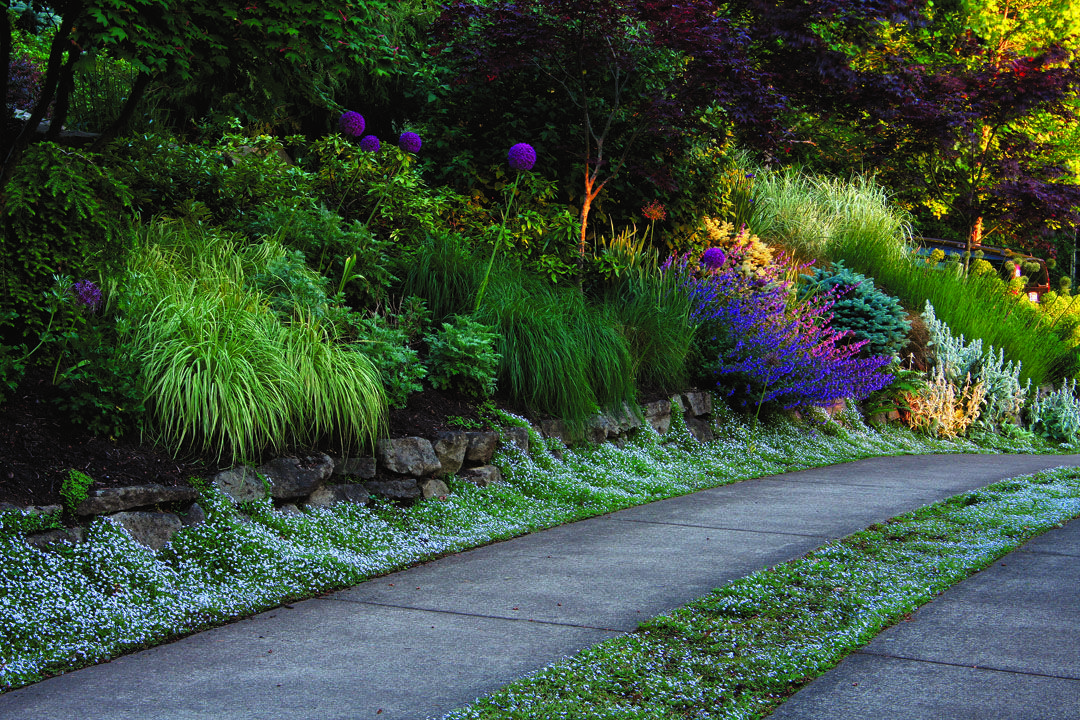
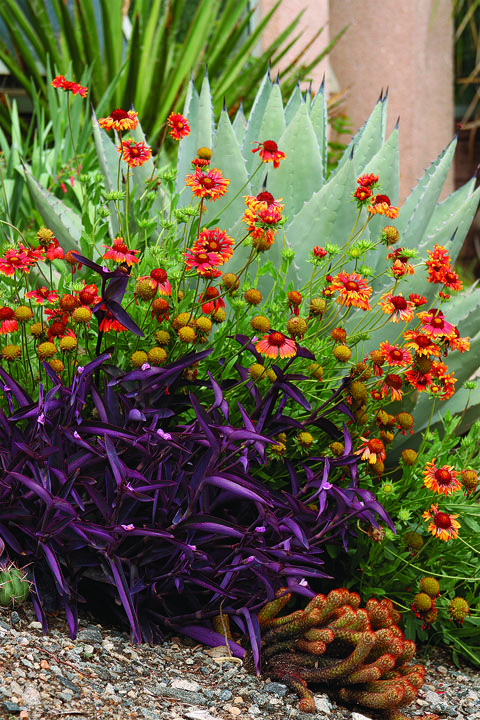
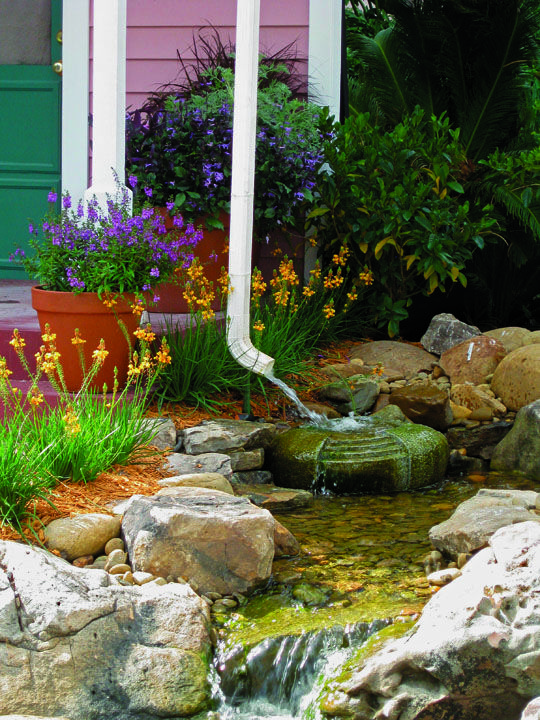
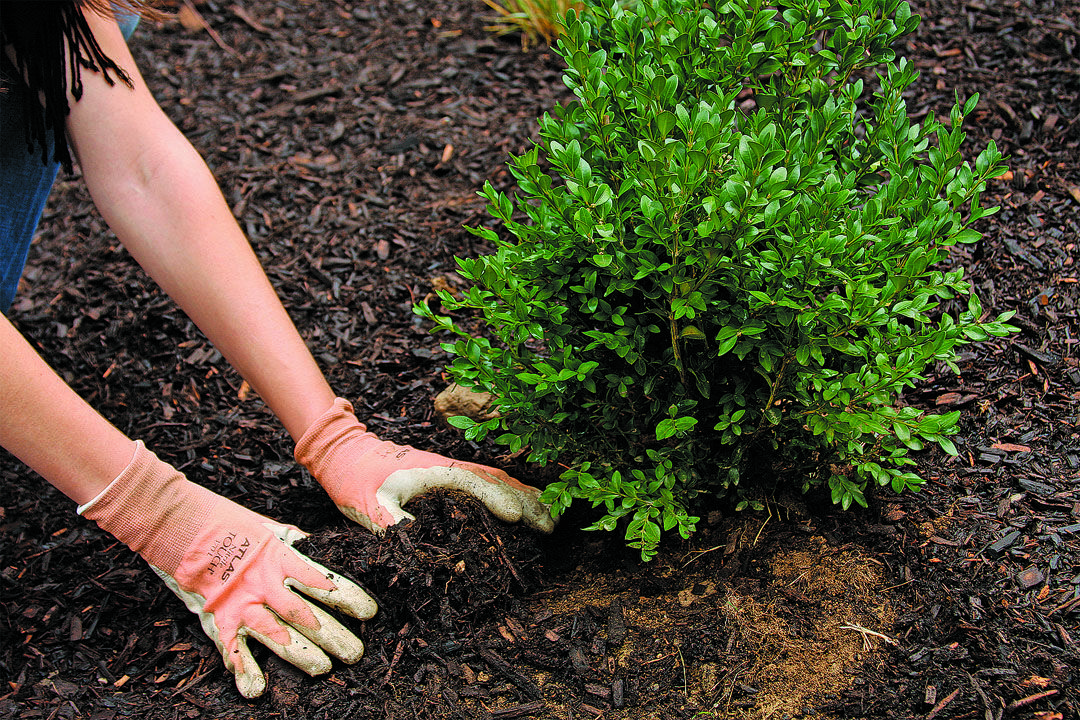
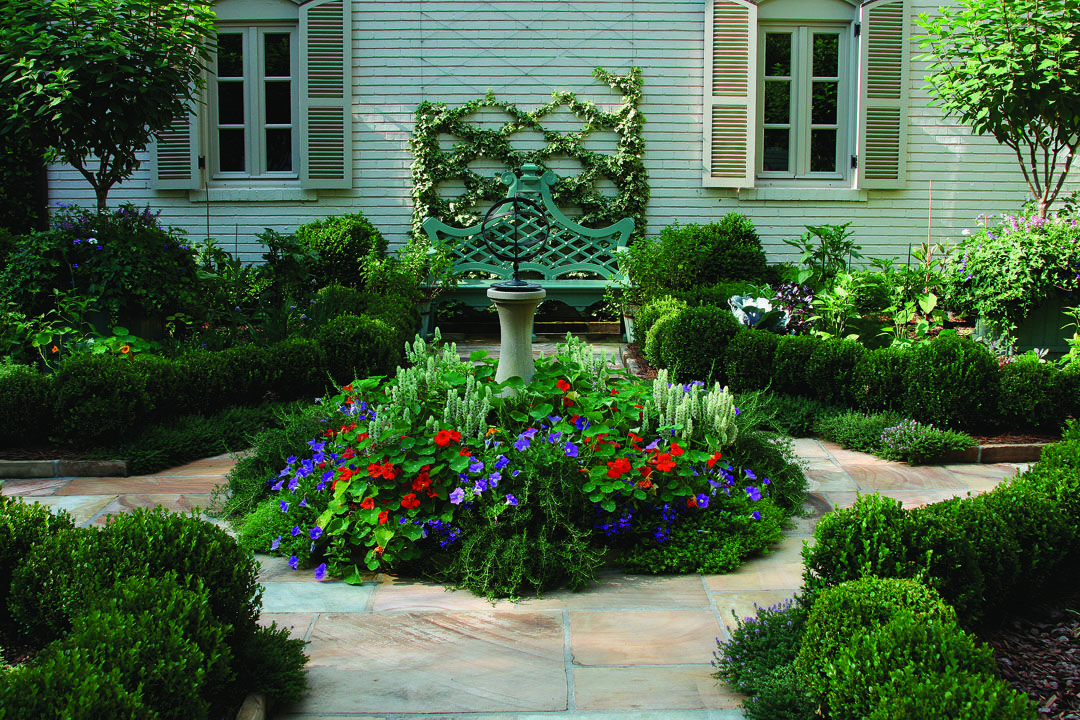
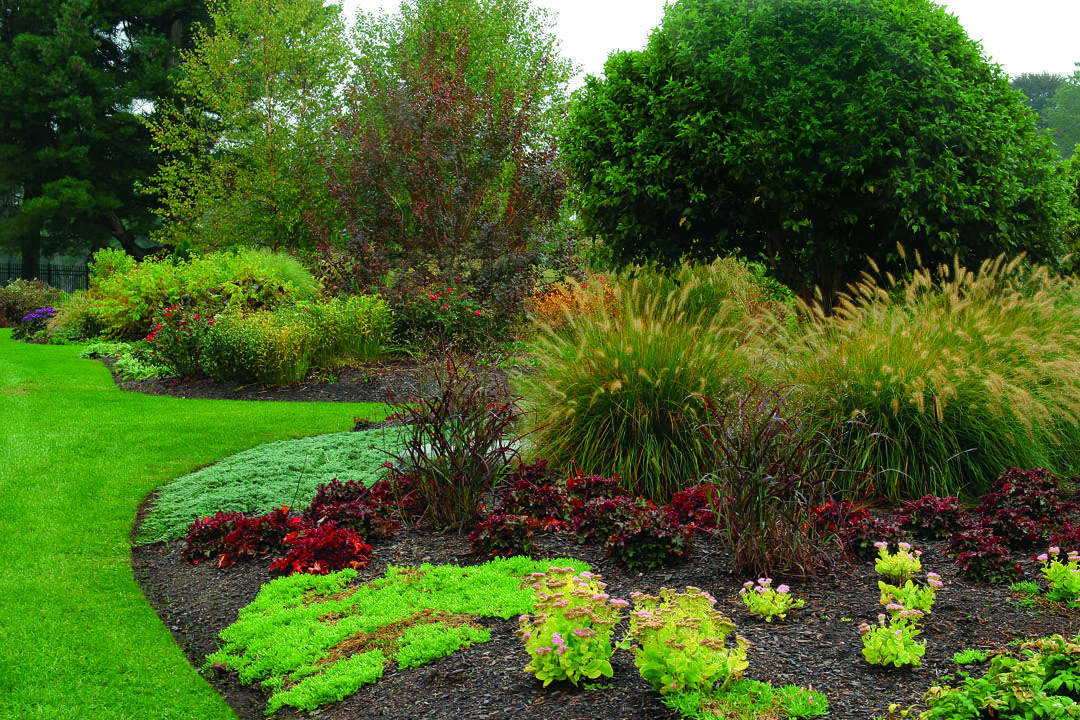
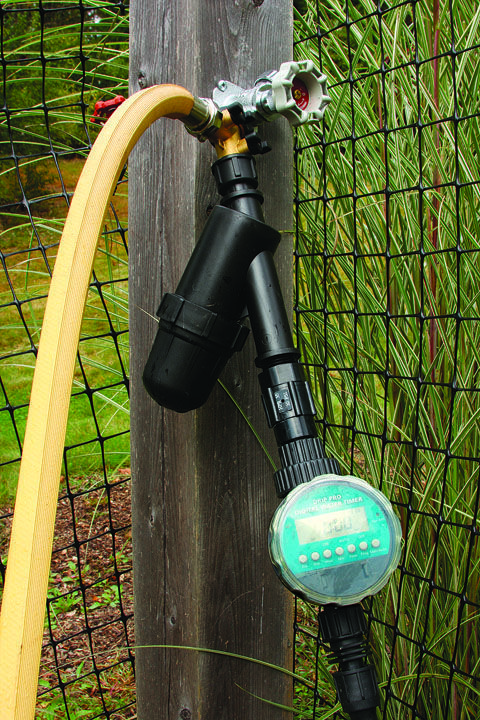
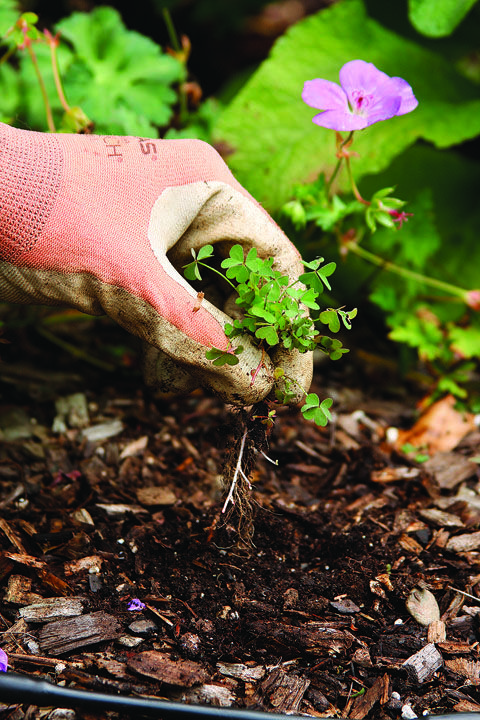
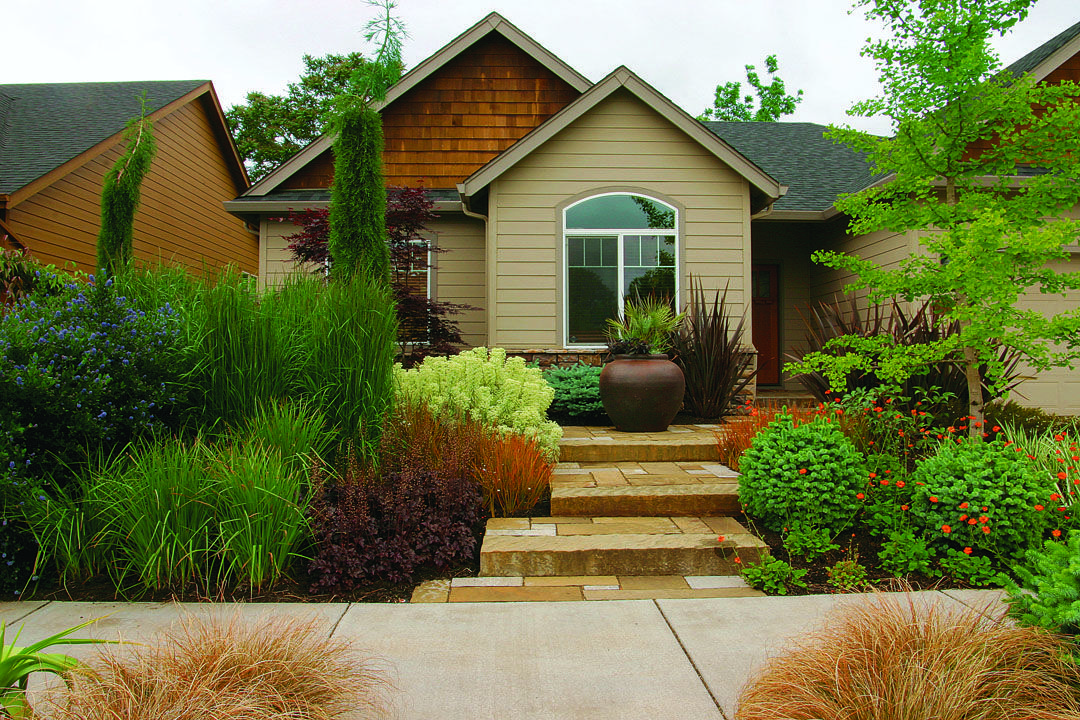
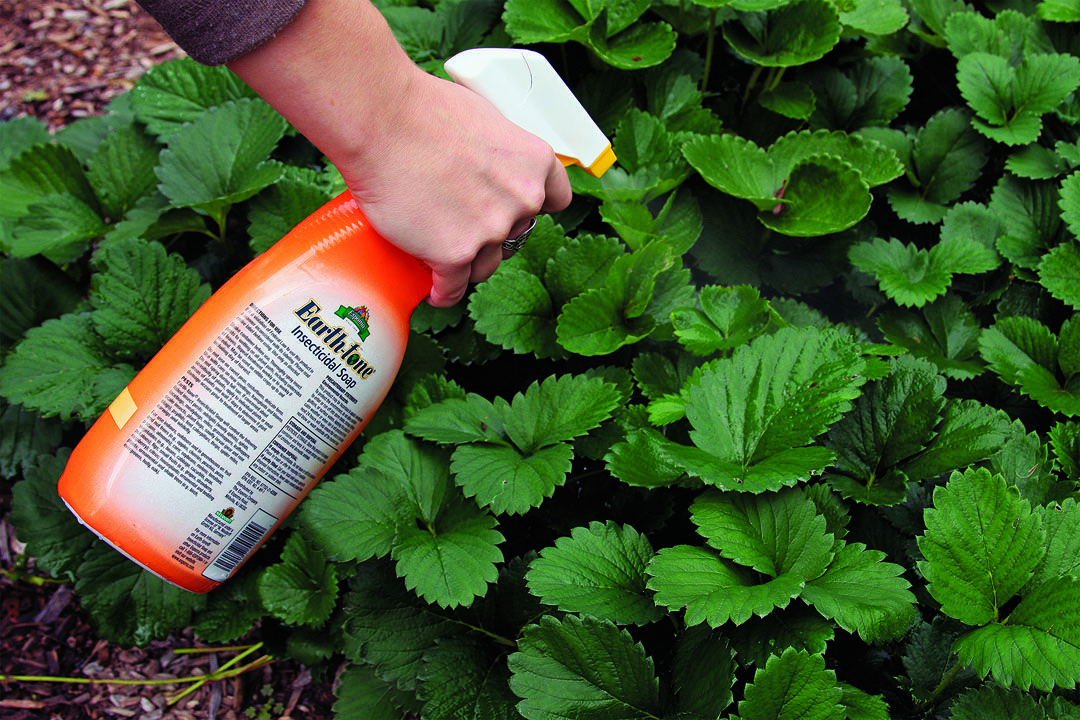

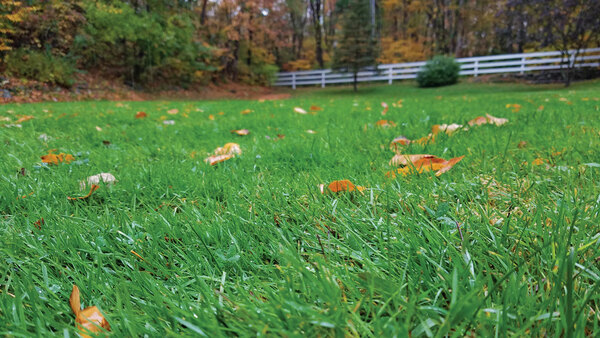
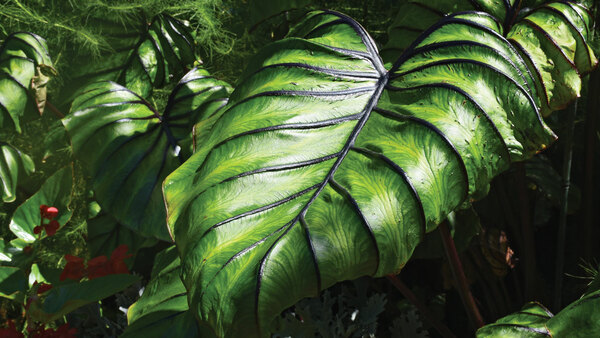
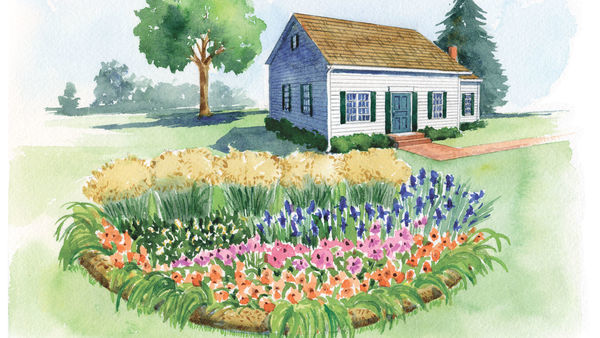













Comments
In the picture for question 9, Lawn Care, with the staggered steps and the large urn in the middle, can you please identify the chartreuse green plant to the left of the urn? Not the pine, but the one next to it. Thanks.
Log in or create an account to post a comment.
Sign up Log in